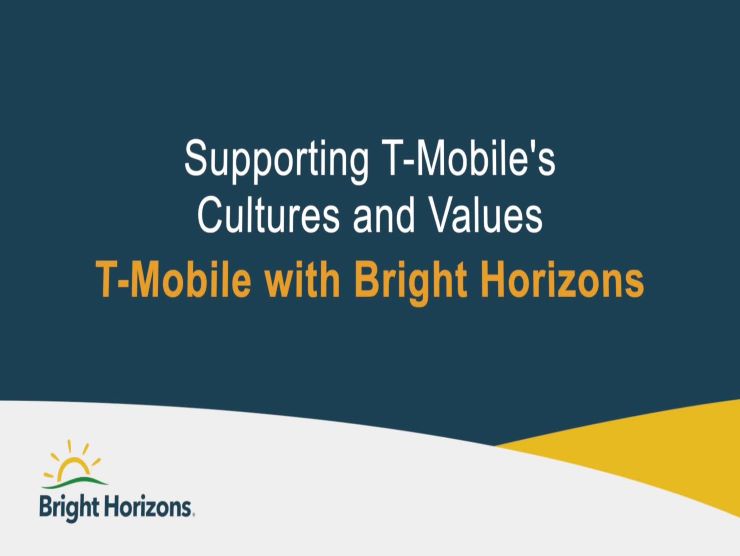Either way, Activities of Daily Living, or ADLs, and Instrumental Activities of Daily Living, or IADLs, should be central to your caregiving journey — they’ll help you monitor how your loved one is doing, and determine when a change might be in order.
First things first: What are they?
ADLs refer to essential personal care activities that people must complete daily in order to manage their basic physical needs. They include bathing or showering, dressing, grooming, mouth care, toileting, transferring from one place to another, walking, climbing stairs, and eating.
IADLs include activities related to independent living — activities that people should be able to complete when living on their own. They include shopping, preparing meals, taking prescribed medications, using the phone and computer, keeping the house clean, doing laundry, driving or using public transportation, and managing finances.
Why are they important?
Both ADLs and IADLs can be good indicators of your loved one’s care needs. When ADLs begin to decline, it can be a sign of an underlying medical, physical, or memory-related issue, and it probably means it’s time for a higher level of care. When IADLs aren’t being taken care of daily, it might mean that independent living just isn’t safe anymore.
How will you know when your loved one needs help?
If you’re worried about your loved one’s well-being, ask friends or family members if they’ve observed a change in abilities, too. If you notice basic needs aren’t being met, bills aren’t being paid, hospital or ER visits are becoming more common, memory or cognitive function isn’t what it used to be, or any other concerns, consider a formal assessment. This can be done by a caregiver, family member, or healthcare professional — or a combination.
What should you consider prior to and during an assessment?
It can be easy to overestimate and underestimate your loved one’s abilities — you might think, “She’s fine, she just tripped” or “He’s forgetting everything — does he have Alzheimer’s?” That’s where the assessment comes in. Here’s how to make the most of it:
- Set time aside — no matter who is doing the assessment, make sure enough time is allotted.
- Consider time of day — when does your loved one seem sharpest?
- Factor in health — is your loved one feeling under the weather? If so, it’s probably best to reschedule.
- Avoid “yes” or “no” answers — leave room for “sometimes” if your loved one is able to perform a task from time to time. Similarly, keep in mind that your loved one might still be able to climb the stairs, it might just take a bit longer.
How can you help?
For some limitations, there are short-term adjustments that can help boost your loved one’s abilities so he or she can remain as independent as possible. These include things like hearing aids, physical therapy, Velcro on clothing and shoes, shower chairs, and raised toilet seats. For more severe limitations, it might be time to look for a caregiver and ask for referrals, talk with your loved one about a change in living arrangements, or seek medical treatment.
Whether you provide occasional care for Mom or you help coordinate Dad’s ongoing care, keeping tabs on your loved one’s ADLs and IADLs can make the caregiving journey easier on everyone.





